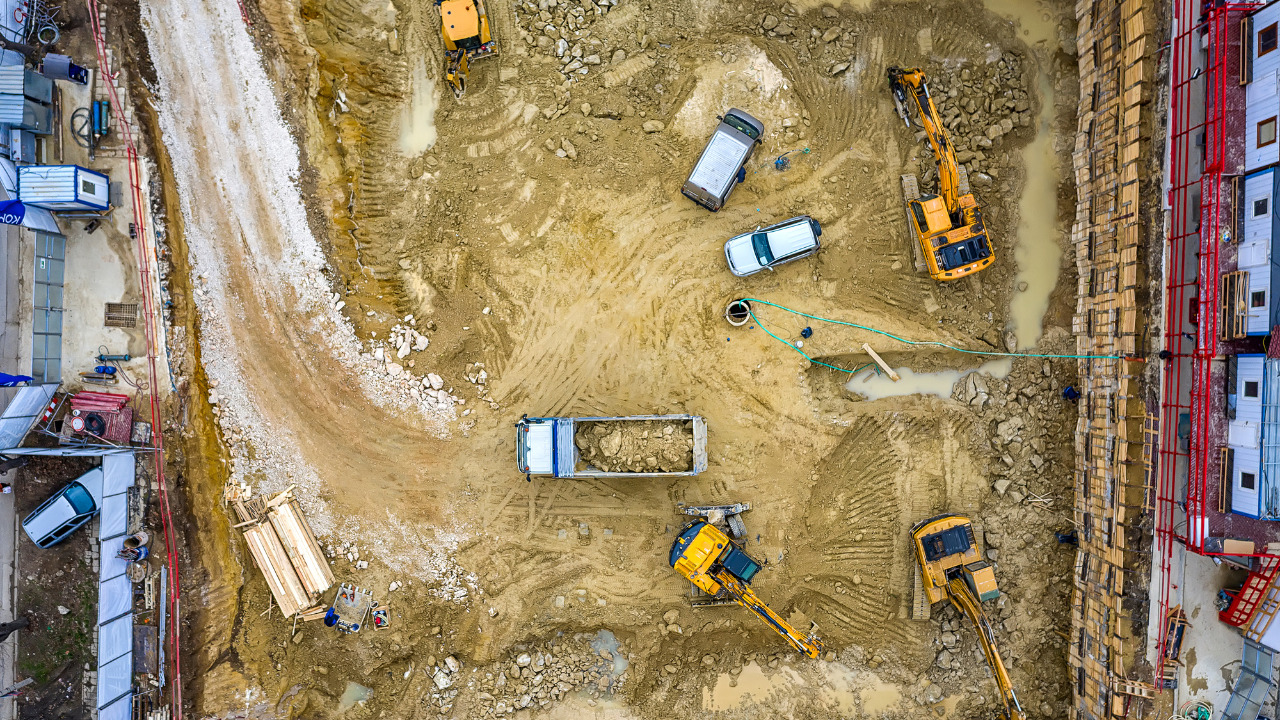A construction site is not for the faint-hearted. It’s home to heavy, dangerous machinery and tools. The work itself is risky, and there are great heights to navigate. Furthermore, strength, flexibility, and the utmost care are required from every worker.
These days, accidents on construction sites are common. On these sites, various types of work with different safety hazards happen. There is also a combination of equipment, machinery, trucks, materials, and other construction materials at the job site. So if any accident occurs at the site, it can cause numerous serious injuries and, in some cases, fatalities.
With that in mind, an accident is bound to happen. Despite the relatively bleak outlook, the risk of injury can be minimized with proper safety protocols. Here are the top 11 tips to reduce and avoid injuries and accidents and create a safe environment for workers.
Let’s begin.
Table of Contents
Safety Tips
Below are eleven tips that can significantly reduce the risk of injury.
1. Safety Training for All Workers
Every worker should have a current white card before beginning work on-site. Each worker should undergo induction training related to the site. This will help identify any high-risk places. Instructions for emergency management can also be given.
Also, develop safety protocols for your site. Ensure all employees follow these rules while working on the construction sites. Also, review and update these safety protocols to improve site safety.
2. Improve Safety
Construction work is always dangerous, so getting rid of all safety risks is impossible. That said, up-to-date safety audits and proper procedures formulated to report, test, and deal with potential risks can help with safety concerns.
3. On-Site Security
The main goal of restricting site access should not be to protect equipment from damage or theft. Twenty-four-hour security is crucial to safeguard pedestrians from possible hazards. This includes supervised or allowed site attendants.
A stringent security and safety system of rules will also cover contractors against responsibility and negligence if there is a safety issue or security infiltration.
4. Safe Work Method Statement (SWMS)
SWMS must be drafted for all construction assignments that carry significant risk. This must be done before the start of the project. The SWMS should stipulate the scope of work, possible safety concerns, and how risks will be avoided and controlled. The Law states that construction work must begin when SWMS requirements are adhered to.
5. Place Signs Strategically on the Site
The SWMS must be shown at the construction site. This will ensure that all safety rules and procedures are known.
The following should be included:
- 24-hour emergency contact information; and
- A map or directions to the on-site office.
Signs should also show site facilities (such as bathrooms), entrances and exits, and first aid or fire equipment in an emergency.
Apart from these signs, make sure to have sufficient warning signage on the site. This will warn the employees of dangers and hazards.
6. Entrances and Exits
Entrances and exits for heavy machinery/vehicles must be divided to increase pedestrian safety at busy traffic sections.
7. Chemical Storage in Line With Existing Rules and Regulations
Some materials on a construction site can be dangerous; hence they should be stored securely as per the proper safety measures.
Chemicals should be kept safely to decrease the risk of fires, explosions, suffocation, chemically-related injury, and pollution on site. Good outdoor storage facilities, such as explosive storage cabinets, will separate chemicals and decrease spilling.
8. Environmental Factors
Harsh weather conditions can lead to serious safety risks. Your on-site emergency plan should outline clear rules for workers who must cease work when a natural disaster, extreme environmental conditions, or other emergencies arise.
9. First Aid
In the construction industry, having one first aid officer for every 25 workers is optimal. First aid kits and equipment should be kept on-site in an easy-to-access area.
10. Provide Personal Protective (PPS) Equipment
Often, an employer has to provide PPS, which includes reflective vests, safety glasses, and safety harnesses to construction employees. If you need clarification on what PPS is required for a specific project, you can contact Safe Work Australia.
11. Falling Objects & Fall Protection
It is up to you to secure objects and decrease their chance of falling. Construction is not over when the project is over.
Everyone who’s part of the construction process must ensure that the appropriate equipment and materials are used. This will mitigate safety risks in the future.
Falls are one of the most common causes of injury at building sites. Therefore all employees must have fall protection equipment and follow the fall protection protocols.
Conclusion
Construction work is dangerous at its core. The risk of injury can never be entirely obliterated. That said, workers are safeguarded if they are injured. Injury compensation can be claimed, easing an injury’s financial impact.
If you have been injured on-site, you can contact Smith’s Lawyers for a professional legal opinion. Let the experts tend to your matter while you tend to your injury.





